Six California Agencies Collaborate to Expand TDM Program Impact
Regional rideshare and Transportation Demand Management (TDM) programs across the country are providing valuable support as commuters feel the squeeze of increasing traffic and spiking gas prices. Bay Area agencies have been planning for this throughout the pandemic. Among initiatives to reduce traffic is a multi-agency connected carpool and incentives network that offers commuters access to six area programs with a single login.
In early 2022, six California transportation agencies with some of the most active commute programs in the United States launched the innovative solution designed to improve commuter access to shared alternatives to solo driving. The new integrated network is designed to expand the pool of available ridematches for participants in the various agency programs. It will also empower commuters across the region — many of whom commute across county lines each day — to access services and participate in incentives based on their eligibility without creating multiple accounts and logging trips.
Six California Agencies Launch Joint Commute Support Programs
Announced in March 2022, the interconnected TDM programs primarily serve the nine counties surrounding the San Francisco Bay, with some of the agencies specifically focused on trips that start or end within a specific county. They are managed by six separate California-based commuter and transportation agencies with independent commute programs.
The partnership facilitates the seamless integration of six independent commuter management platforms, all powered by RideAmigos, making it far easier for commuters to find and choose more sustainable transportation options throughout the region. The list of participating agency programs includes:
- merge.511.org from the Metropolitan Transportation Commission (MTC)
- my.commute.org in San Mateo County
- marincommutes.rideamigos.com in Marin County,
- vcommute.org in Napa County,
- commuterinfo.net in Solano County
- sonoma.rideamigos.com in Sonoma County.
Each of the six agencies operates its own unique set of commuter support programs within their jurisdictions. The initiative, led by MTC merge.511.0rg and piloted with Commute.org in late 2021 provides a seamless user experience for commuters, while continuing to empower each independent agency to operate targeted programming and also to more easily collaborate on easing congestion on key corridors (especially during peak travel hours), and reducing the greenhouse gas (GHG) emissions associated with personal travel by car. To access the integrated network, commuters simply need to log into their existing account with one of the agency programs or sign up with any of the programs for which they are eligible.
Those who already had active accounts when the program was launched received automatic prompts. These prompts highlight new ridesharing options and potential benefits from additional regional agencies for which they are eligible based on their commutes.
How Will Commuters Benefit?
Thanks to the new program, commuters will enjoy expanded access to carpool, transit pool, vanpool and walk pool matching and other services. For example, commuters using a participating agency’s platform will be able to view relevant eligibility-based programs from all six participating agencies through a single account. This will increase the number of potential matches. .
Importantly, the partnership also integrates the various commuter rewards programs operated by the participating agencies. Commuters whose journeys cover multiple jurisdictions can use the integrated platform to explore all rewards and benefits that apply to their trips, even if the programs originate with an agency other than the one they originally joined with.
What Can Other Organizations Learn From California’s Rideshare Support Programs
Technology continues to evolve to better empower public sector actors in the TDM world. The innovative connected network created by these six California agencies also points to the transformative power of collaboration as transportation agencies work together in pursuit of shared goals. With this integrated network, better transparency and quality data about how commuters engage with their programs will enable deeper collaboration between these agencies working to improve transportation in the region.
“This solution best serves commuters who want to find carpool partners,” said Barbara Laurenson, MTC Principal Program coordinator. “The timing couldn’t be better as COVID-19 fears wane, gas prices increase and more dire news about the climate is released.”
“Commute.org recognizes that to solve the transportation challenges in San Mateo County, we need to have strong partnerships with our peer agencies in the region,” said John Ford, executive director, Commute.org. “Nearly 60 percent of the San Mateo County workforce travels to work from outside the county. This project opens up new ways to connect with those commuters, spur meaningful changes in drive-alone rates and promote better Bay Area air quality.”
RideAmigos agrees. “We have been partnering with individual Bay Area agencies for nearly a decade to encourage smarter transportation,” said RideAmigos Director of Customer Success Kathryn Hagerman Medina. “Connecting these programs creates a seamless user experience for carpool and commuter rewards across the region and, at the same time, [it] empowers individual agencies to collaborate in powerful new ways.”
Commuters and transportation industry observers can expect to see more innovative programming from participating agencies that leverages the new integrated network in the months to come.
RideAmigos works with these and other organizations at the forefront of TDM, providing best-in-class commute management solutions for the public sector, employers, and individual commuters. To learn more about this project and other products, reach out and start a conversation with our experts today.

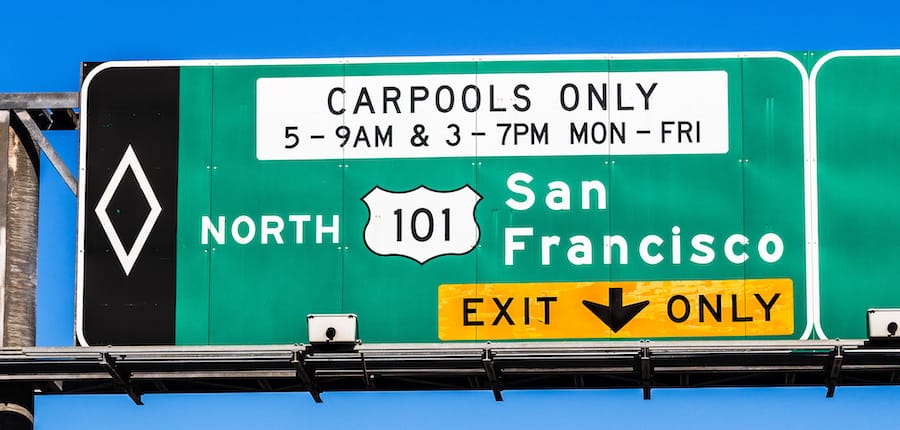
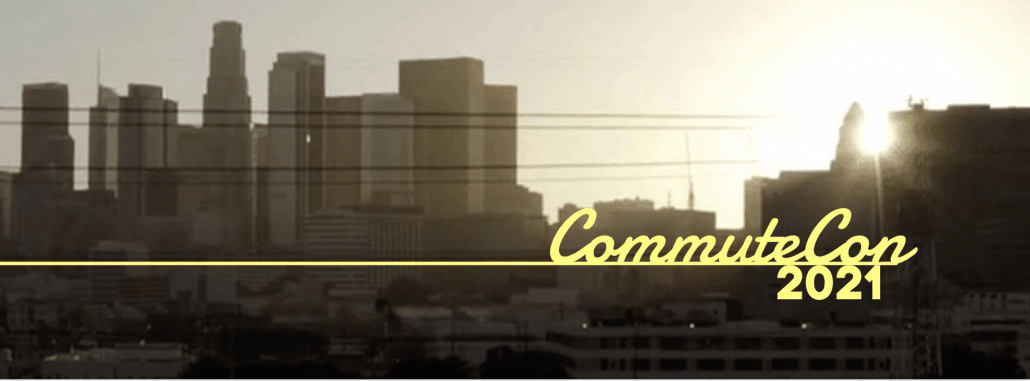
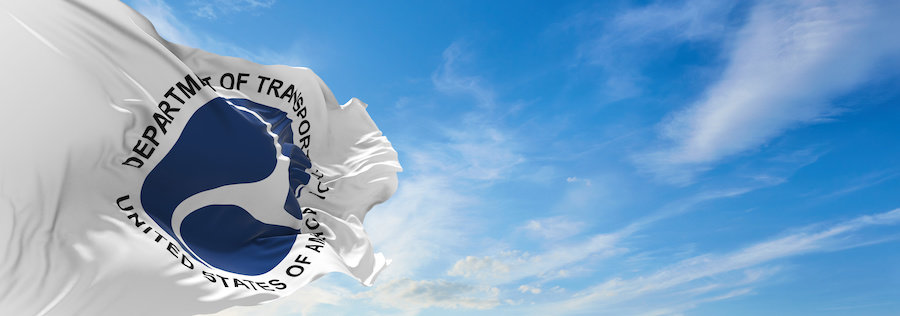
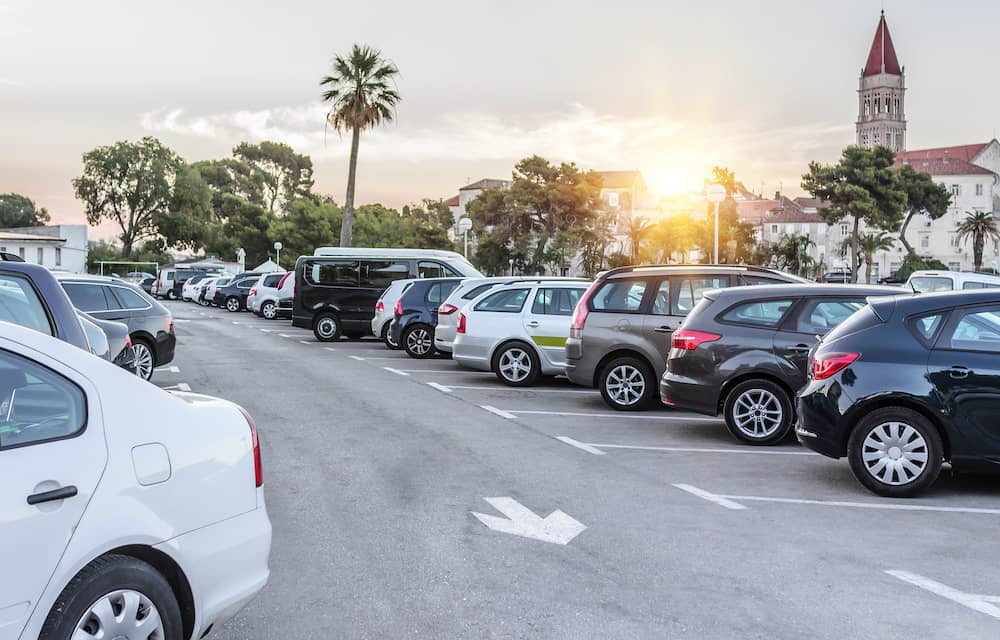





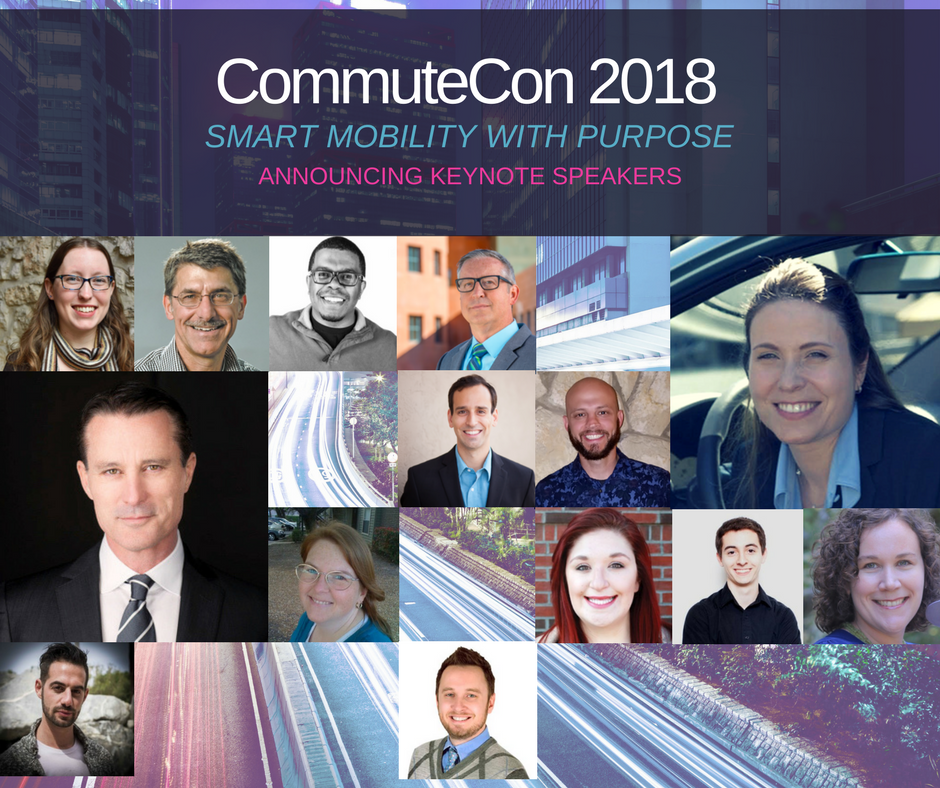

 RideAmigos:
RideAmigos: